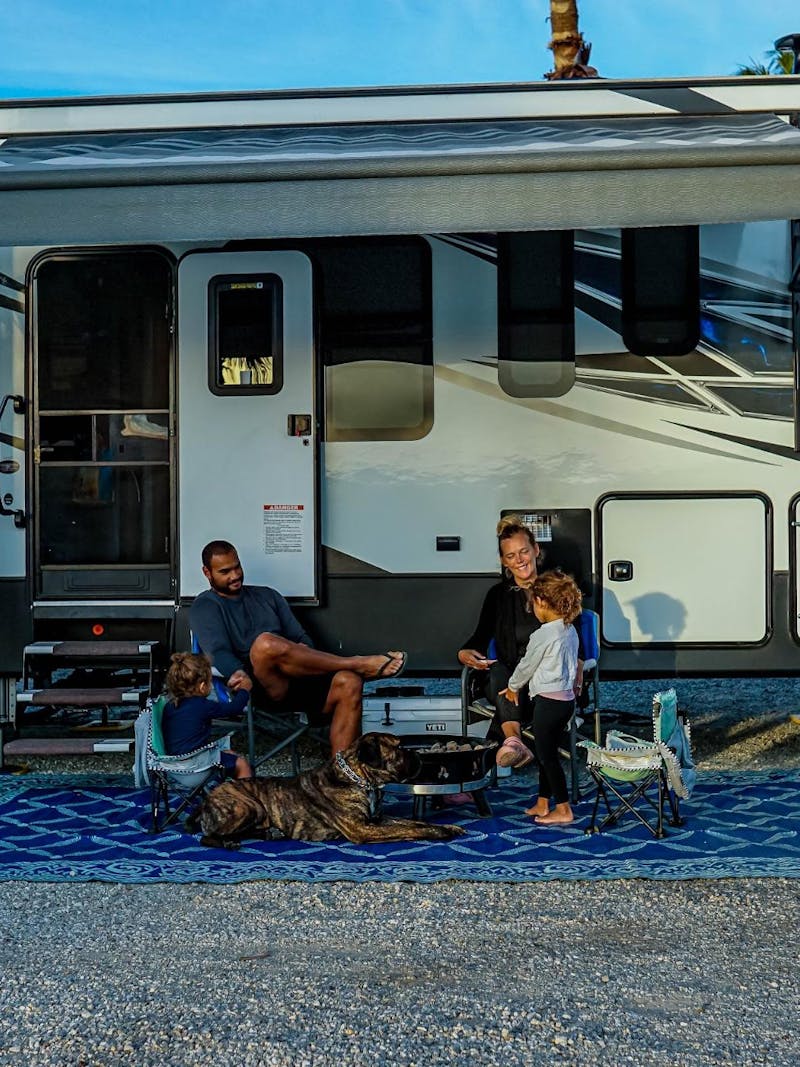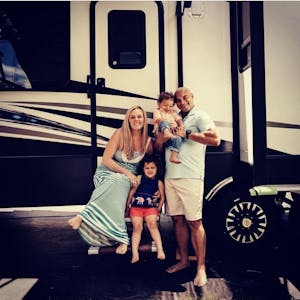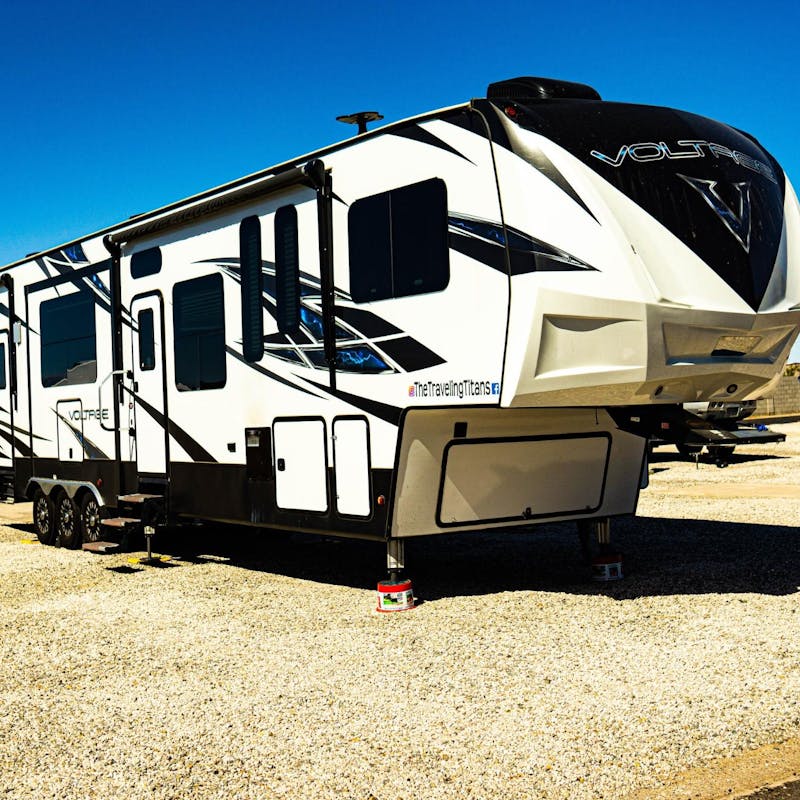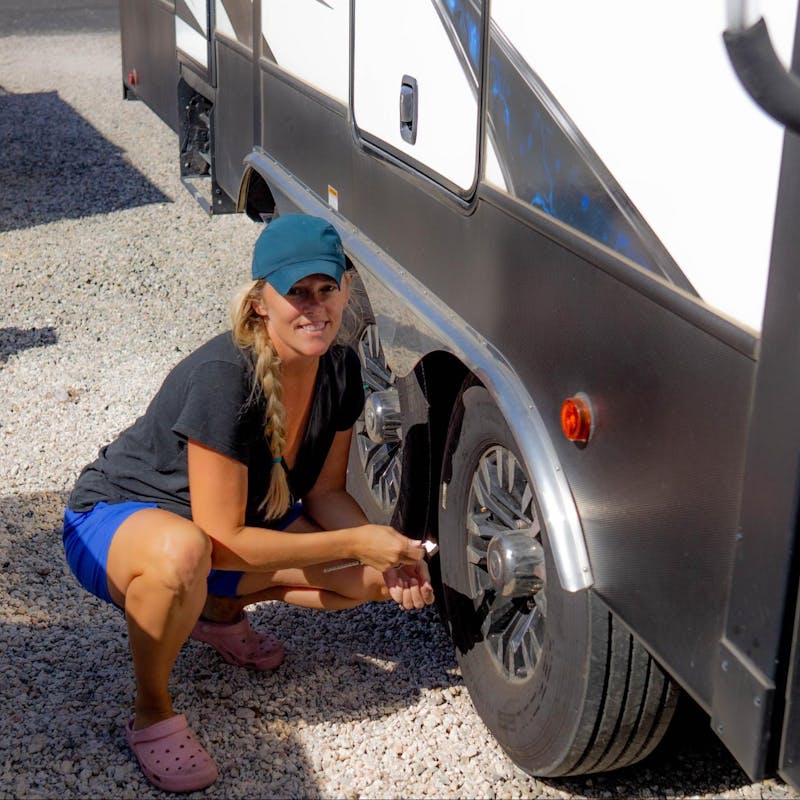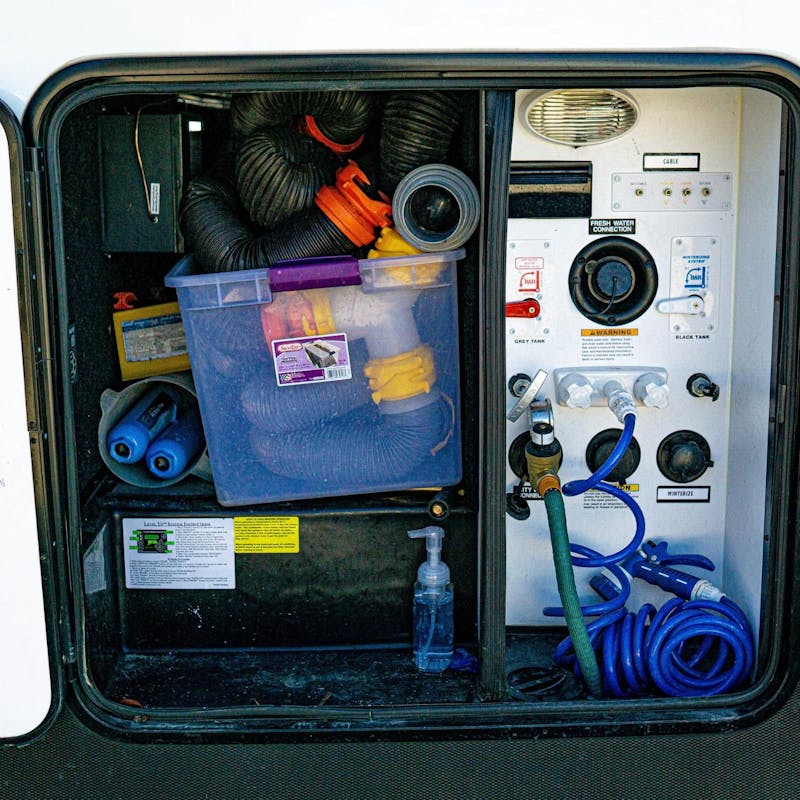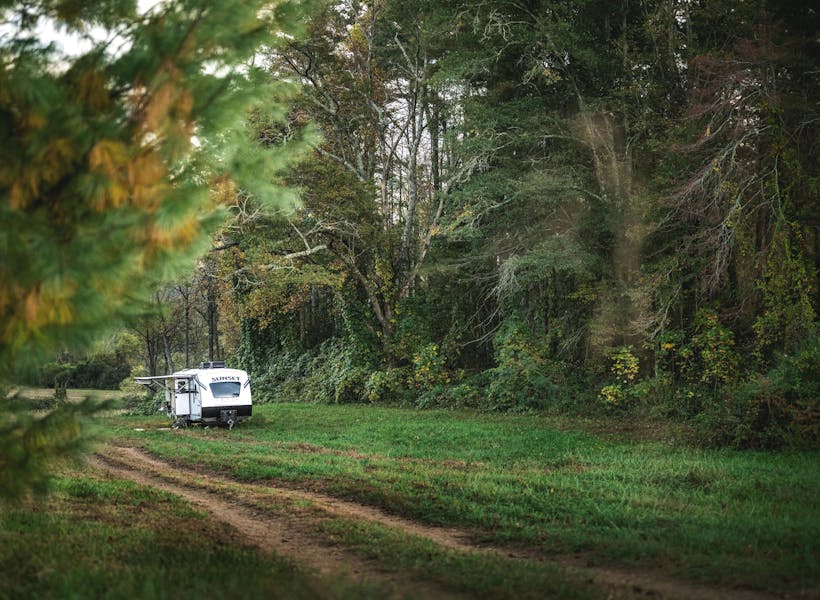Blake is a Marine Corps veteran who loves to climb, run ultramarathons and cook. He is passionate about bringing awareness to veteran suicide and loves any challenge put in front of him. Samantha is passionate about the outdoors. Her hobbies include hiking, reading, photography and anything that gets the adrenaline going. She loves to eat what her husband cooks and enjoys great wine by the fire. Together they travel in a 2019 Dutchmen Voltage 4205.
Learn
How to Host Guests in an RV
Sarah Hubbart is a pro at hosting guests in her RV. She shares her tips for keeping everyone happy, sane and eating great camp food for the duration of their trip.
